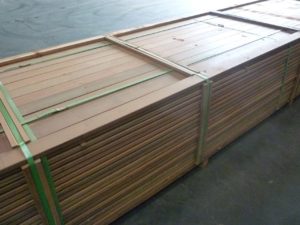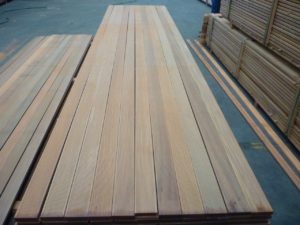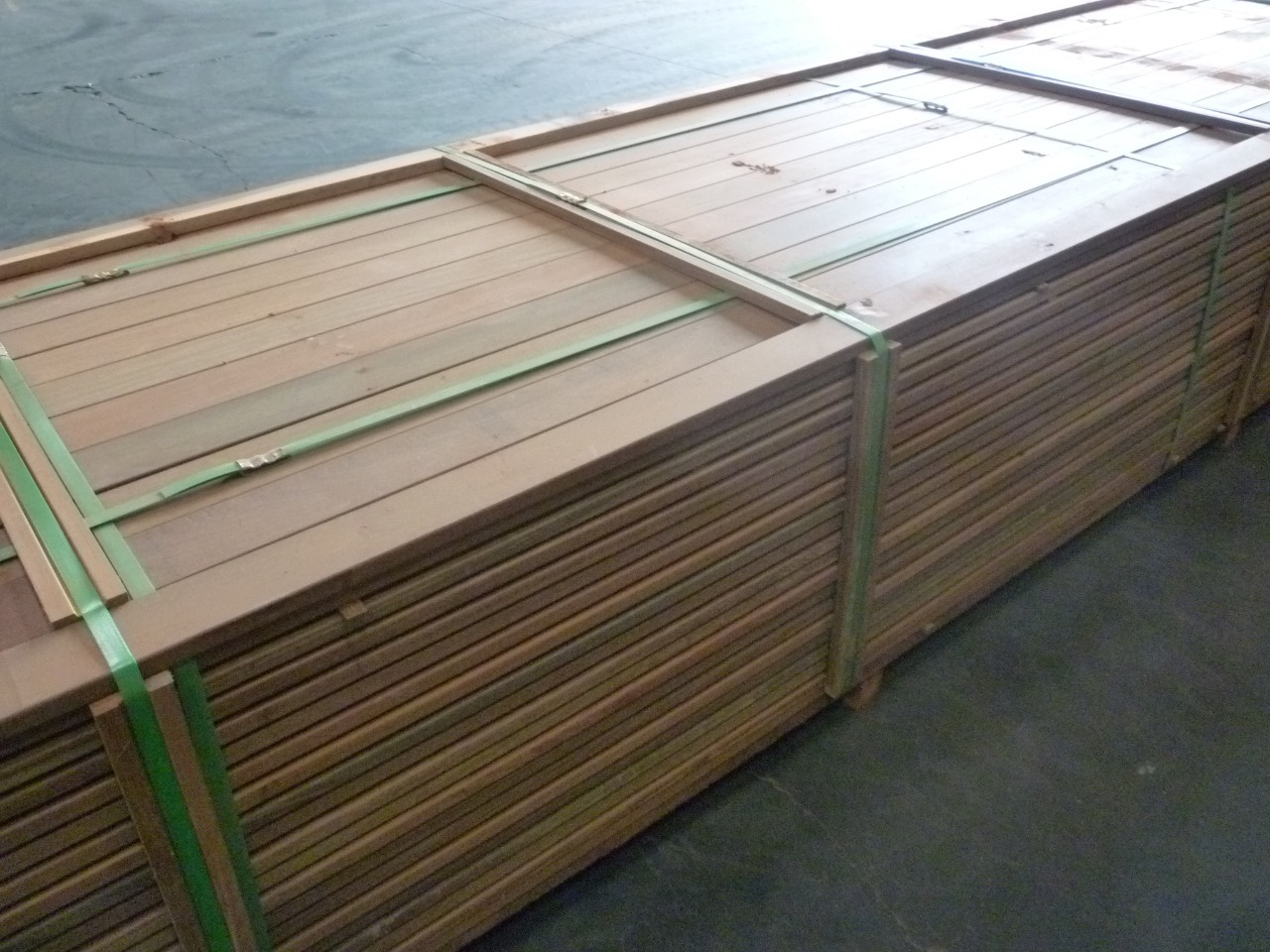Brazilian tropical species: meet ipe (tabebuia spp)
It’s time to check our ipe overview.
Its beautiful color will range from heartwood dark brownish olive to dark olive, generally uniform, sometimes greenish due to the presence of lapachol, notably distinct from the pale yellow sapwood. This variation in color will not interfere with the strong features and characteristics though. Ipe present an interlocked grain wood with, medium texture, moderate to bleak luster, which will depend on the presented species. Ipe has a typical odor and no distinctive taste.
A heavy wood, with a moisture content ranging from 8% up to 12%, within 1,050 kg/m³) and green density of 1,300 kg/m³
Ipe air-dries easily, rapidly, and without defects when piled up. Kiln-drying Ipê is a fast and easy-going process, with a slight probability of warping and mild cracking. Regular in planing, can be sanded, turned and drilled with ease. Drilling before nailing and applying screws is advisable. Ipe presents a great finishing result.
Highly resistant against fungi and termites, it’s a great choice for decking and general external usage. The wood pores are obstructed by oil-resin and tylosis, so the Ipe wood is impermeable when it comes to the application of preservative solutions, even when pressure-vacuum systems are used. Besides decking, Ipe is also vastly used for Interior constructions, for making musical instruments, doors, and window framings.




